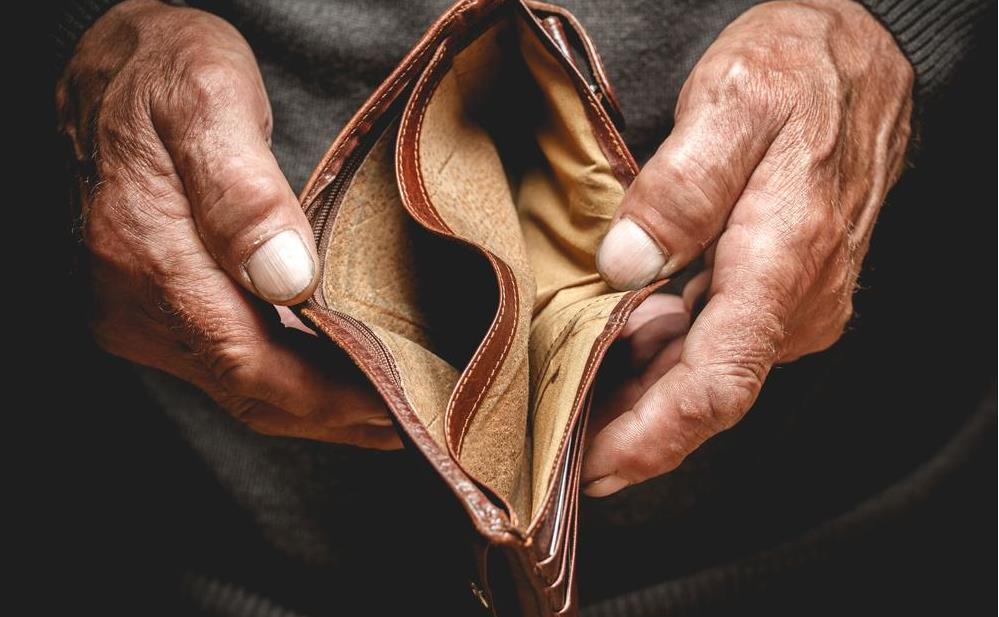Australian National University calculations suggest JobKeeper and the boosted JobSeeker payment have saved about 2.2 million people from poverty.
It’s a remarkable outcome without precedent in Australia.
JobKeeper was set at A$1,500 per fortnight and the Coronavirus Supplement was set high enough to double JobSeeker and associated payments, increasing them to about $1,115 per fortnight.
Both are well above the poverty line, which according to our modelling is around $816 per fortnight.
From the end of September both will be cut. JobKeeper will fall to $1,200 per fortnight for those who previously worked 20 or more hours per week and to just $700 for those who previously worked less than 20 hours per week.
The payment to people on JobSeeker and related benefits will fall to $815.
Beyond December, JobKeeper will fall to $1,000 and $650 per fortnight and the Coronavirus Supplement will end, returning JobSeeker to $565.70 per fortnight.
Three quarters of a million more
Our estimates suggest that by themselves these changes will push an extra 740,000 Australians into poverty, lifting the total number in poverty from from 1.1 million to 1.84 million.
Partly offsetting this, the improvement in the economy forecast in the July Economic and Fiscal Update should it be realised would cut the number of Australians in poverty by about 140,000.
These numbers tell us two important things.
One is that the Newstart unemployment benefit (now called JobSeeker) was too low.
Treasurer Josh Frydenberg seemed to acknowledge this when he announced the doubling in March, saying it would allow unemployed people to “meet the costs of their groceries and other bills”.
The other is that without (and even with) JobKeeper, many, many more people would have been pushed on to it.
We define poverty an equivalised household income of less than half the median household income.
What it would do to the poverty gap
We define the “poverty gap” as the total difference in income between those households below that poverty line and the poverty line.
Prior to COVID-19 it was A$5.9 billion.
Should the unemployment rate stay at its present 7.5% after JobKeeper is withdrawn and JobSeeker returned to normal we expect it to climb to $6.5 billion.
Should it linger at the 10% forecast by the Reserve Bank, we expect it to climb to $6.9 billion.
It’s in all of our interests to minimise it for any given level of government support.
Read: What JobKeeper changes mean to the arts
The ANU Centre for Social Research and Methods has developed an algorithm for calculating the optimal mix of government supports to achieve a range of policy goals including minimising poverty.
The mix it suggests would cut the poverty gap from $6.5 billion to $5.6 billion under the 7.5% unemployment scenario and from $6.9 billion to 5.8 billion under the 10% unemployment scenario.
How to minimise the damage
If the total level of welfare expenditure were to remain unchanged on pre-JobKeeper and Coronavirus supplement settings, the single JobSeeker would be increased substantially from $551 to $821 per fortnight and the age pension single rate from $902 to $915 per fortnight.
The increases would be offset by reductions in the Parenting Payment from $770 to $737 per fortnight (single), Family Tax Benefit Part A for children under 13 years of age from $218 to $154 per fortnight and Rent Assistance from $137 to $131 per fortnight.
We have also modelled the optimal setting for a 20% increase in government support and a 20% cut.
What our algorithm proposes wouldn’t eliminate poverty (it would cut it by between 14% and 15%) but it would enable to the government to achieve a lot without spending more money.
An essential part of whatever solution it adopts has to be an increase in JobSeeker. Without it an extra 740,000 Australians will be in poverty.![]()
Ben Phillips, Associate Professor, Centre for Social Research and Methods, Director, Centre for Economic Policy Research (CEPR), Australian National University; Matthew Gray, Director, ANU Centre for Social Research and Methods, Australian National University, and Nicholas Biddle, Professor of Economics and Public Policy, ANU College of Arts and Social Sciences, Australian National University
This article is republished from The Conversation under a Creative Commons license. Read the original article.
